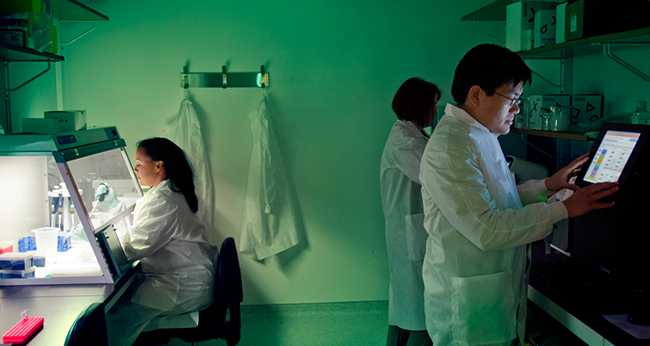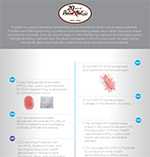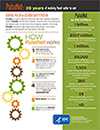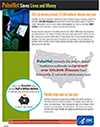20 Years of PulseNet
News and State Successes
With PulseNet, handful of E. coli cases reveal multistate outbreak, prompt huge recall
Maryland: Stopping Listeria required an arsenal of tools and an army of experts
Utah: Raw milk outbreak was difficult – but not impossible – to stop
Virginia: PFGE and whole genome sequencing show Salmonella outbreak who’s boss
An Economic Evaluation of PulseNet- American Journal of Preventive Medicine

PulseNet is celebrating 20 years of public health achievements in transforming the way we detect and investigate foodborne disease outbreaks.
Did you know?
-

- PulseNet prevents an estimated 270,000 illnesses every year from the three most common causes of foodborne illness: Salmonella, E. coli O157, and Listeria.
- Since 1996, PulseNet has improved our food safety systems by connecting cases of foodborne illnesses and detecting outbreaks. Scientists use tools such as pulsed-field gel electrophoresis and whole genome sequencing to perform DNA fingerprinting of the bacteria that make people sick. Matching DNA fingerprints is one clue that an outbreak is happening, and early detection allows investigators to work quickly to find the source of the outbreak and prevent further illnesses.
- Many products and food handling practices are safer today because of investigations that PulseNet initiated. For example, in the early 2000s, an outbreak ofSalmonella in raw almonds prompted regulators to mandate pasteurization of almonds for sale in the United States to prevent future outbreaks.
- New technology, such as whole genome sequencing, is making PulseNet a more powerful network by improving its ability to find outbreaks and investigate them more effectively.
Related Resources
20 Years of Making Food Safer to Eat
PulsetNet Saves Lives and Money
PulseNet Timeline

Whole Genome Sequencing (WGS) Workflow

- Page last reviewed: March 7, 2016
- Page last updated: June 9, 2017
- Content source:


 ShareCompartir
ShareCompartir

